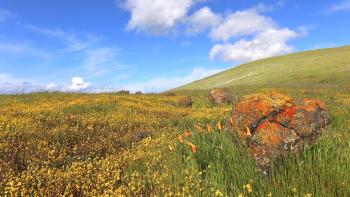
About Us
Our Mission and Vision
The Santa Clara Valley Open Space Authority conserves the natural environment, supports agriculture and connects people to nature, by protecting open spaces, natural areas and working farms and ranches for future generations.
We envision the Santa Clara Valley and its surrounding hillsides as a beautiful place where a vibrant network of interconnected open spaces, trails, wildlife habitats and thriving agricultural lands enrich the region’s cities and make it an exceptional and healthy place to live, work, learn and play.
To date, the Open Space Authority has protected approximately 30,000 acres–providing nature-friendly outdoor recreation and preserving the natural beauty and environmental health of the Santa Clara Valley.
How We Work
The Open Space Authority is a public, independent special district created by the California state legislature in 1993 at the urging of community leaders who saw the importance of saving the irreplaceable natural landscapes of the region.
The agency is funded primarily through a $24 per year parcel tax (referred to as Measure T) and a $12 per year parcel benefit assessment (referred to as District 1). We leverage our modest ongoing funding 3:1 through public and private grants.
Our Jurisdiction (Where We Work)
- Campbell
- Milpitas
- Morgan Hill
- San José
- Santa Clara
- Unincorporated areas of Santa Clara County
How We're Governed
The Open Space Authority is governed by an elected Board of Directors with a Citizens' Advisory Committee that serves as a community liaison.
The Open Space Authority is in the business of forever.
Our Conservation Goals
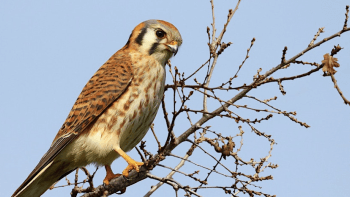
Protect and manage an interconnected system of natural landscapes to support native habitats and species and to ensure resilience to a changing environment.
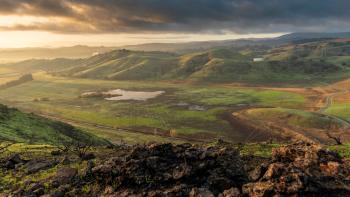
Protect farms and ranches to sustain the economic and environmental viability of agriculture in Santa Clara County.
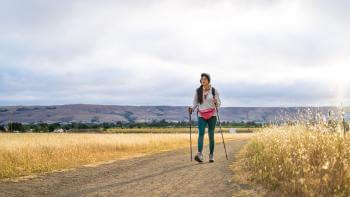
Provide access to nature through protecting and managing an interconnected network of open space lands and through funding neighborhood parks, trails and urban community gardens.
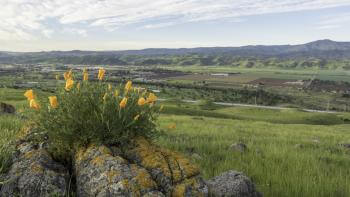
Investing in open space is the best thing we can do for our shared future. By protecting, connecting and restoring land, we safeguard not only the land, but also the many environmental and community benefits it provides.
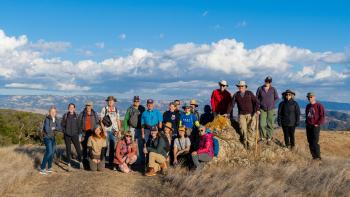
Partnerships
The Open Space Authority is a growing agency with a big mission. We can only accomplish our work through extensive partnerships with like-minded organizations and community partners.
Explore Our Work
Learn more about our efforts to conserve the natural environment, support agriculture and connect people to nature on our Projects & Programs page.